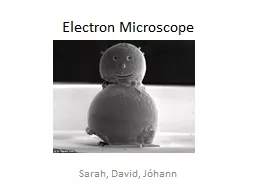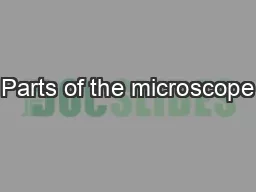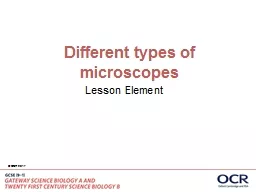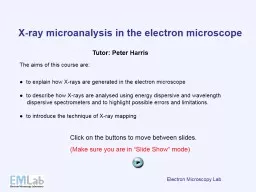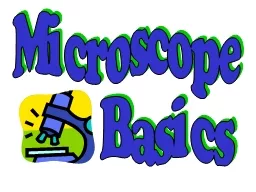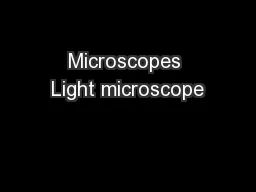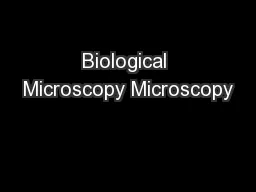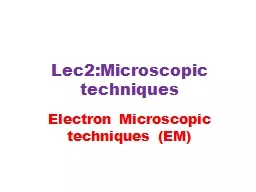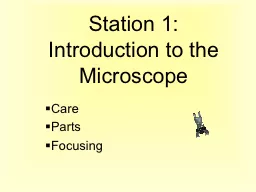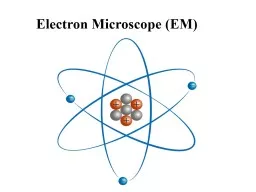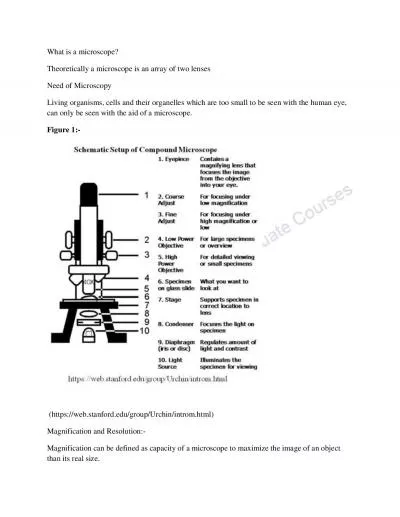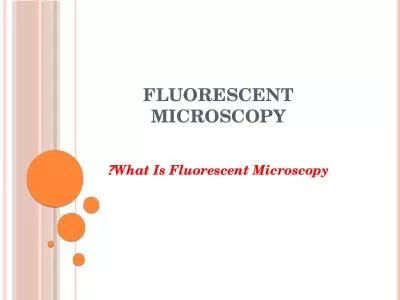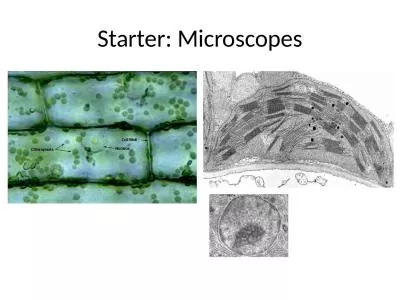PPT-Electron Microscope Sarah, David,
Author : DreamerDollface | Published Date : 2022-08-02
Jóhann The electron source Thermionic emission Wolfram LaB 6 CeB 6 can be used instead Field emission Cold Field Schottky Thermionic emission Thermal energy is
Presentation Embed Code
Download Presentation
Download Presentation The PPT/PDF document "Electron Microscope Sarah, David," is the property of its rightful owner. Permission is granted to download and print the materials on this website for personal, non-commercial use only, and to display it on your personal computer provided you do not modify the materials and that you retain all copyright notices contained in the materials. By downloading content from our website, you accept the terms of this agreement.
Electron Microscope Sarah, David,: Transcript
Download Rules Of Document
"Electron Microscope Sarah, David,"The content belongs to its owner. You may download and print it for personal use, without modification, and keep all copyright notices. By downloading, you agree to these terms.
Related Documents

